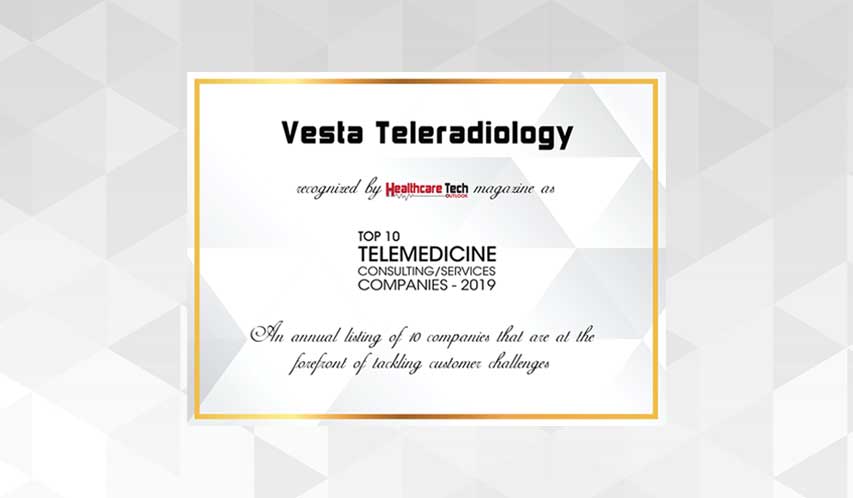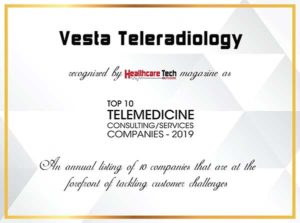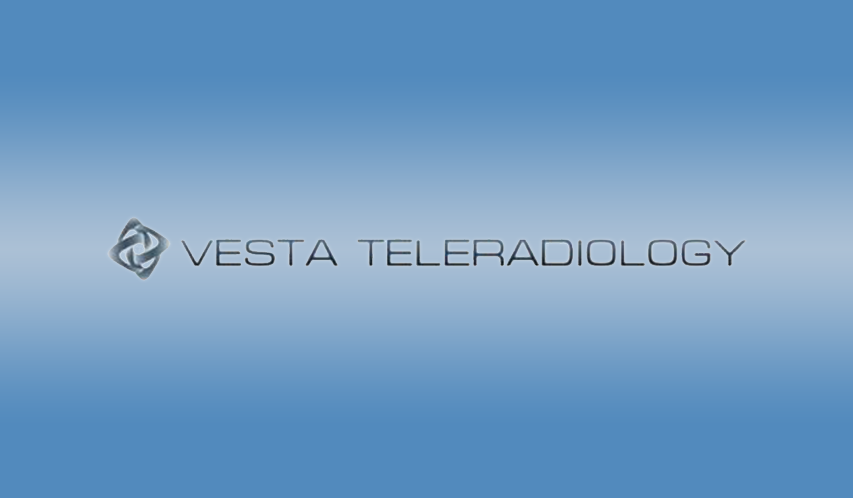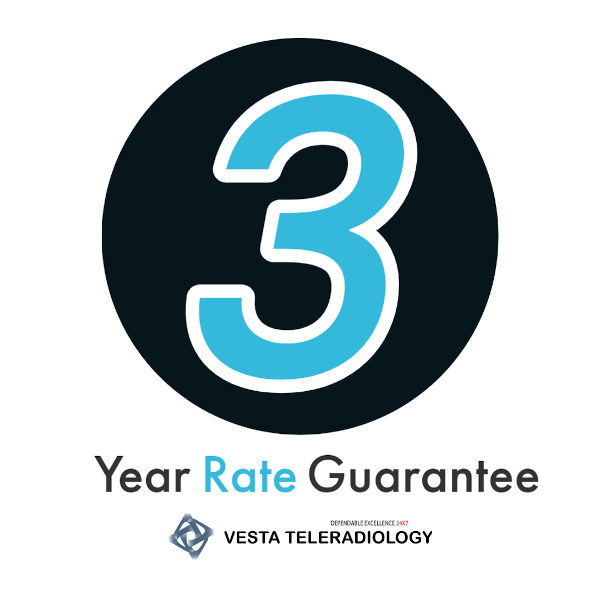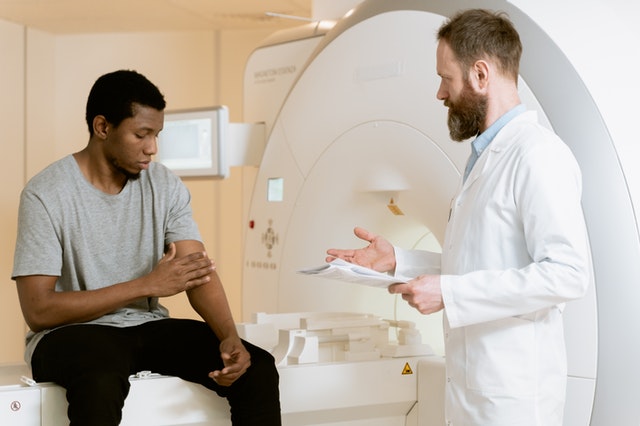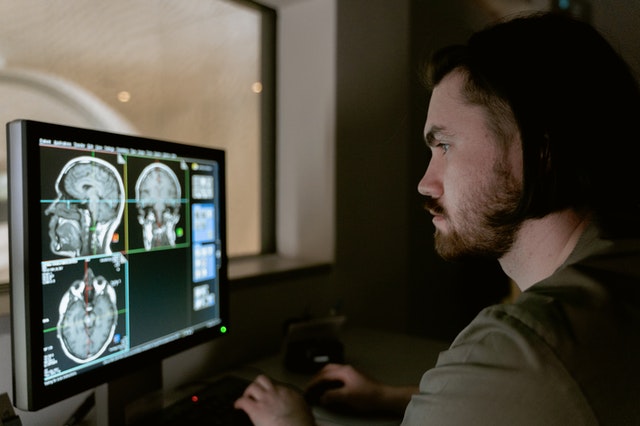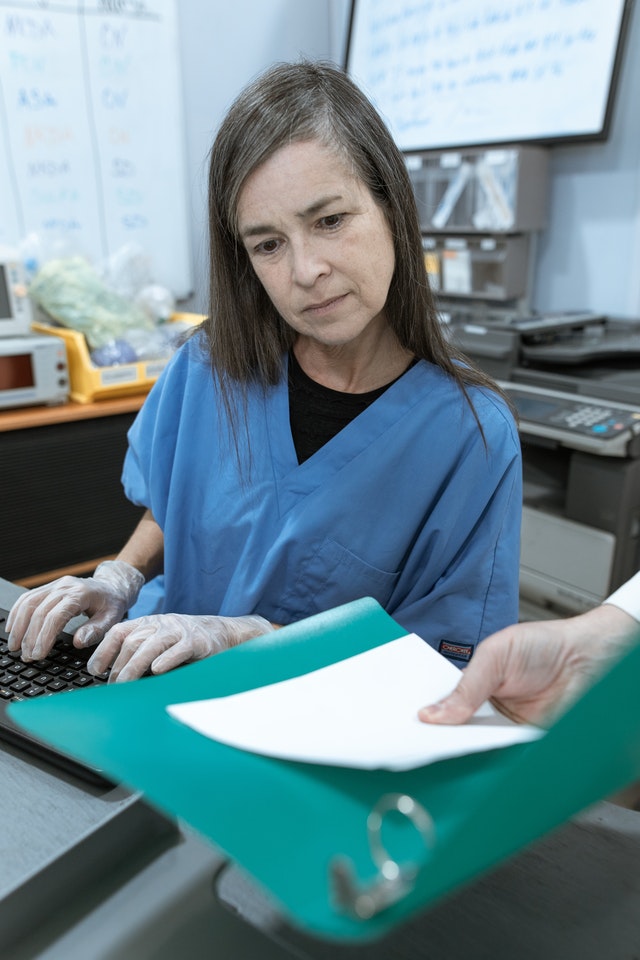
2019 Healthcare in Review
Health care continued as the hot-button topic for the American public and its policymakers in 2019. Congress had significant legislative activity around surprise bills and drug costs; we saw an appeals court decision on the Affordable Care Act’s (ACA’s) individual mandate; nearly all Democratic presidential primary candidates discussed reform and, while the ACA remains the law of the land, the current administration continues to take executive actions against its coverage as well as rolling out various programs designed to tackle the aforementioned costs of care. Additionally, biopharma and pharmaceutical mergers continued, but faced scrutiny by the FTC amid competition and increasing prices. Tech giants are also joining the party with promised digital transformations.
Looking to 2020
Many of these events will continue to play out in 2020, as Dr. Stephen Hahn, a radiation oncologist and chief medical executive at The University of Texas MD Anderson Cancer Center, begins his first full year at the helm of the FDA and large companies hope to see their mergers and acquisitions come to fruition. The conversation about patient cost awareness and price transparency will only get louder amid the 2020 presidential election, which brings us to other key health care considerations anticipated due to legislative oversight.
Governmental influence impacts many facets of the future of health care, including Congress’s continued search for a bipartisan solution to unexpected medical bill fees, such as out-of-network providers at in-network facilities. Negotiations have been complicated by fierce lobbying from stakeholders, including private equity companies with vested interest in specialty physician practices. Additionally, initial numbers show that health insurance enrollment for 2020 through the federal marketplace, state-based exchanges, and Medicaid expansion, mirrors that of 2019 despite the current administrations’ support of alternative health plans. Finally, we anticipate drug-cost legislation to continue as a hot topic as evidenced by the 2019 passing of H.R.3. in the U.S. House of Representatives, which is comprehensive drug-cost-control legislation reflecting the public’s concern over high drug prices. While the divisive government branches may limit progress in any category for the remainder of terms, expect the precedent set by the election to play the largest part in legislative influence capabilities.
Lastly, as the U.S. population continues to age, treatment demand for these patients, including the necessary imaging exams, is rapidly increasing. This makes it more difficult for imaging centers to keep up with the volume and complexity while also provide quality reports in a timely fashion. Telemedicine, and in this situation teleradiology, has proven to be an appropriate and cost-effective solution to maintaining consistent and reliable service to patients without an in-house staffing solution, limiting turnaround time to available staff hours or only simple evaluations/first opinions.
Partnering with Vesta
As we enter 2020, Vesta’s mission continues to be striving to make life better for our clients and their patients through seamless systems integration, first class training and responsive administrative support.
Though many of 2020’s uncertainties make it difficult to stay ahead of the health care curve, we believe telemedicine is the future of patient care and clinic resource leverage, despite the unknowns. We believe that, due to the national shortage of radiologists, physicians may be overworked which can lead to many outpatient facilities struggling to provide subspecialty reports or second opinions without the expense of a poor patient experience. By remaining ahead of the curve and continuing to invest in Artificial Intelligence, Vesta can provide its customers with high quality, cost-effective reports of all types of exams and sub-specialties through secured gateways and with a fast turnaround. In fact, last year, Vesta was named a 2019 top 10 telemedicine company by Healthcare Tech Outlook magazine. We believe that was made possible because of our breadth, national scale, talented physicians, and client reliability.
And, of course, your support. Please let us know how we can continue to enhance our services and partnerships to navigate the new year together. We look forward to a healthy future with you in 2020 and beyond!



